- Home
-
My Models
-
AV History
- Airline History Blog
-
Airline Development
>
-
Liveries
>
- Aeroméxico Liveries
- Air China Special Liveries
- American Airlines Liveries
- British Airways Liveries
- Continental Airlines Liveries
- Delta Air Lines Liveries
- Eastern Air Lines Liveries
- Landor Liveries
- National Airlines Liveries
- Northeast Airlines Liveries
- Northwest Airlines Liveries
- Pan Am Liveries
- Trans World Airlines Liveries
- United Airlines Liveries
- Western Airlines Liveries
- Airbus A380s >
- Boeing 747 >
- Real Airport Histories >
- Plane Spotting >
- Aviation Stickers >
-
1:400 SCALE
- Collecting 1:400 Scale >
- The History of 1:400 Scale >
-
1:400 Brands
>
- Aeroclassics >
- Airshop Diecast
- AURORA Models
- Aviation400 (2007-2012)
- Big Bird 400 Your Craftsman
- Black Box Models
- Blue Box & Magic Models
- C Models
- Dragon Wings
- El Aviador 400
- Gemini Jets >
- JAL Collection / Jet Hut >
- Jet-X >
- MP4 Models
- NG Models >
- Panda Models >
- Phoenix Models >
- Seattle Models Co (SMA)
- Skyjets400
- Sovereign Models
- TucanoLine
- Witty Wings / Apollo
- Yu ModeLs
- 1:400 Custom Models >
- Production Numbers
- Zinc Rot
-
1:400 Moulds
- The Best Moulds >
- Airbus >
-
Boeing
>
- Boeing B-377 Stratocruiser
- Short Boeing 707s & 720s
- Boeing 707-320/420
- Boeing 717
- Boeing 727-100
- Boeing 727-200
- Boeing 737-100/200
- Boeing 737-300 >
- Boeing 737-400
- Boeing 737-500
- Boeing 737-600
- Boeing 737-700/800/900 >
- Boeing 737 MAX
- Boeing 747-100/200 >
- Boeing 747-400 >
- Boeing 747SP
- Boeing 747-8 Interactive
- Boeing 747LCF Dreamlifter
- Boeing 757-200 >
- Boeing 757-300
- Boeing 767-200
- Boeing 767-300
- Boeing 777-200
- Boeing 777-300
- Boeing 787
- British >
- Douglas >
- Lockheed >
- Other >
- Chinese >
- Soviet >
- Smallest Moulds in 1:400
-
1:400 Reviews
-
Model News
- Model Blog
-
New Mould Samples
>
- Aviation400 >
- JC Wings >
-
NG Models 400 Scale
>
- Airbus A318
- Airbus A319/320 CEO
- Airbus A319/320 NEO
- Airbus A321CEO & NEO
- Airbus A330-200/300
- Airbus A330 Beluga XL
- Airbus A330-800/900
- Airbus A340-200/300
- Airbus A350-900
- Airbus A350-1000
- Boeing 737-600/700/900
- Boeing 737-600 Refresh
- Boeing 737-800
- Boeing 737 MAX-8/MAX-9
- Boeing 737 MAX-7/MAX-10
- Boeing 747-100
- Boeing 747-200
- Boeing 747-400
- Boeing B747SP
- Boeing 747-8I
- Boeing 747-8F
- NG 747s Together
- Boeing 757-300
- Boeing 767-200/300 >
- Boeing 767-400 >
- Boeing 777-200
- Boeing 777-300/300ER
- Boeing 787-8
- Lockheed L-1011 Tristar
- Lockeed Tristar 500
- McDonnell Douglas MD-80
- McDonnell Douglas MD-87
- Tupolev Tu-154
- Tupolev Tu-204/Tu-214/Tu-234
- NG Models 200 Scale >
- Phoenix Models >
- Yu ModeL >
-
1:600 SCALE
- DIORAMAS
|
Deregulation of the US aviation market wasn't kind to the local service airlines. They faced being gobbled up by rampant former trunk airlines or kamikaze low fare competition from a host of new startups. Frontier Airlines was in a more difficult position than most and attempted to buttress itself with a low-cost offshoot of its own. Sadly, this only served to strain relations with its own employees and fell short of the hopes that it could stabilise the failing airline.
1 Comment
The advent of low cost carriers led to a raft of legacy airlines setting up low cost subsidiaries across the globe. From New Zealand to Germany, and South Africa to the USA the established airlines were on the defensive. Canada was no different, and faced with the challenge of WestJet, Air Canada decided it too would jump on the bandwagon, at least until it could get its own cost's under control. The result was ZIP!
If the Convair 240 ensured TAA was able to survive its formative years the Vickers Viscount proved more than capable of finally allowing it to consistently return a profit and outcompete its longtime opponent ANA. Indeed ANA's failure to also buy Viscounts would prove to be terminal and lead indirectly to TAA facing a stronger competitive force in that of Reginald Ansett's Ansett Airways.
Trans Australia Airlines (TAA) had from its creation been the trendsetter in the Australian market, introducing Convair 240s which enabled it to survive its formative rocky years. It was no surprise then that it took an early interest in turboprops and in particular the new Vickers Viscount. In 1949 TAA personnel had visited the annual display and exhibition of the Society of British Aircraft Constructors and identified the Viscount as 'considerably superior to anything else in its class'.
Following Canadian's takeover of Wardair in 1989 Canada 3000 would quickly grow to become Canada's largest charter airline and one that was consistently profitable too. At the turn of the century the massive changes wrought by the takeover of Canadian Airlines by Air Canada appeared to open up a space for C3 to become Canada's no 2 airline and part of that strategy involved acquisitions. However, C3 would soon live to regret its purchases and desperately try to offload them as it hit the turbulence of 2001.
Compass Airlines was the first attempt to compete against the duopoly of Ansett and Australian Airlines when market deregulation finally came about in November 1990. It was doomed to fail, but did become the only airline operator of VH registered A300-600s - and oddly a single Airbus A310 too.
I recently posted about Aer Lingus and its short usage of the 767-300 but it wasn't alone in the British Isles in utilising the type during the 1990s for a short period. As with Aer Lingus the arrival of a 767 at Virgin Atlantic was directly related to a specific route but in this case, unlike the Irish example, Virgin got exactly what it needed at the right time. The 767-300 was never intended as a test but served exclusively as a stopgap. Even so, it got the full livery treatment and is once again an interesting what-if version.
The Vickers Viscount sold well, but although it got sales all around the world the USA was relatively lukewarm to turboprops in general, especially British ones. Even so, the Viscount still appeared in the States and in some unusual locations long after it was out of production. In the USA's newest state the Viscount was put into service by both competing Hawaiian carriers, well after production had ended, to help bridge the gap to pure jets and help both cope with the growth in passengers statehood at brought.
Some airlines have ordered new aircraft and operated them only briefly due to changing operational needs and financial problems. Aer Lingus and the 767-300 are one such example who utilised the type only briefly and never for its original intended purpose. Considering the airline subsequently re-equipped with the competing Airbus A330 the 767-300 in full Aer Lingus colours is a great example of what might have been.
Airline's come and go with some frequency, but some are more interesting than others and few short-lived attempts get a release in 400 scale. Some do though, usually via that haven of diversity Aeroclassics. I do love an obscure airline from an obscure nation and Pacific Flier is both. Small Pacific island nations have often attempted to create their own connectivity but it has not always been easy for them and Palau's attempt in 2009 did not last long.
Air Pacific's first foray into long-haul flights was an expensive failure, however the airline wasn't to be denied and tried another tack. Although upgrading capacity to 747s may at first glance have seemed unwise the new arrangement was a big success in no small part to its new partnership with Australia's national carrier Qantas.
When I investigate the histories of models in my collection it is always an interesting moment when I realise that I have the same airframe in my collection wearing different liveries. This is the case for one of my DC-10-30s, which started its life in the South Pacific and would alternate during its career between that region and the USA. It was also unique in being the only DC-10 to wear the wonderful scheme of Air Pacific of Fiji and would be the aircraft that launched that airline's ill-fated first steps into long-haul travel.
Soviet-era aircraft usually come in a dizzying array of, often bizarre, variants and the IL-76 is no different. You may recognise the saucer atop the fuselage of this 76 to mark it out as the AWACs Ilyushin / Beriev A-50 Mainstay variant, but in fact it is something different. It is the 'aircraft 976' SKIP variant, the IL-76SK, used for the AMCS mission. What is that you ask? Read on...
By the end of the 1960s the dynamic leadership of Harding Lawrence had turned Braniff from a little known Texan trunk airline into a dynamic market leader famous for its 'End of the Plain Plane' marketing campaign pioneered by Lawrence's future wife Mary Wells. Revenue Passenger Miles had more than doubled in 5 years and the takeover of Panagra had further bolstered Braniff's position as a major force in Latin America. But, the airline wasn't standing still and just as Braniff discovered its perfect aircraft it was time for another change.
Mohawk Airlines has always been one of my favourite airlines. It achieved a lot with little and its Indian head motif, although nowadays politically incorrect, was evocative and stylish. The airline's history can't be untwined from the brilliant, but ultimately tragic, leadership of Robert "Bob" English Peach - clearly one of the most impressive figures in aviation in the 1950s and 60s. It was towards the end of Mohawk's existence that the airline rebranded, introducing a radically more modern image.
|
AuthorI'm Richard Stretton: a fan of classic airliners and airlines who enjoys exploring their history through my collection of die-cast airliners. If you enjoy the site please donate whatever you can to help keep it running: Archives
July 2024
Categories
All
|
- Home
-
My Models
-
AV History
- Airline History Blog
-
Airline Development
>
-
Liveries
>
- Aeroméxico Liveries
- Air China Special Liveries
- American Airlines Liveries
- British Airways Liveries
- Continental Airlines Liveries
- Delta Air Lines Liveries
- Eastern Air Lines Liveries
- Landor Liveries
- National Airlines Liveries
- Northeast Airlines Liveries
- Northwest Airlines Liveries
- Pan Am Liveries
- Trans World Airlines Liveries
- United Airlines Liveries
- Western Airlines Liveries
- Airbus A380s >
- Boeing 747 >
- Real Airport Histories >
- Plane Spotting >
- Aviation Stickers >
-
1:400 SCALE
- Collecting 1:400 Scale >
- The History of 1:400 Scale >
-
1:400 Brands
>
- Aeroclassics >
- Airshop Diecast
- AURORA Models
- Aviation400 (2007-2012)
- Big Bird 400 Your Craftsman
- Black Box Models
- Blue Box & Magic Models
- C Models
- Dragon Wings
- El Aviador 400
- Gemini Jets >
- JAL Collection / Jet Hut >
- Jet-X >
- MP4 Models
- NG Models >
- Panda Models >
- Phoenix Models >
- Seattle Models Co (SMA)
- Skyjets400
- Sovereign Models
- TucanoLine
- Witty Wings / Apollo
- Yu ModeLs
- 1:400 Custom Models >
- Production Numbers
- Zinc Rot
-
1:400 Moulds
- The Best Moulds >
- Airbus >
-
Boeing
>
- Boeing B-377 Stratocruiser
- Short Boeing 707s & 720s
- Boeing 707-320/420
- Boeing 717
- Boeing 727-100
- Boeing 727-200
- Boeing 737-100/200
- Boeing 737-300 >
- Boeing 737-400
- Boeing 737-500
- Boeing 737-600
- Boeing 737-700/800/900 >
- Boeing 737 MAX
- Boeing 747-100/200 >
- Boeing 747-400 >
- Boeing 747SP
- Boeing 747-8 Interactive
- Boeing 747LCF Dreamlifter
- Boeing 757-200 >
- Boeing 757-300
- Boeing 767-200
- Boeing 767-300
- Boeing 777-200
- Boeing 777-300
- Boeing 787
- British >
- Douglas >
- Lockheed >
- Other >
- Chinese >
- Soviet >
- Smallest Moulds in 1:400
-
1:400 Reviews
-
Model News
- Model Blog
-
New Mould Samples
>
- Aviation400 >
- JC Wings >
-
NG Models 400 Scale
>
- Airbus A318
- Airbus A319/320 CEO
- Airbus A319/320 NEO
- Airbus A321CEO & NEO
- Airbus A330-200/300
- Airbus A330 Beluga XL
- Airbus A330-800/900
- Airbus A340-200/300
- Airbus A350-900
- Airbus A350-1000
- Boeing 737-600/700/900
- Boeing 737-600 Refresh
- Boeing 737-800
- Boeing 737 MAX-8/MAX-9
- Boeing 737 MAX-7/MAX-10
- Boeing 747-100
- Boeing 747-200
- Boeing 747-400
- Boeing B747SP
- Boeing 747-8I
- Boeing 747-8F
- NG 747s Together
- Boeing 757-300
- Boeing 767-200/300 >
- Boeing 767-400 >
- Boeing 777-200
- Boeing 777-300/300ER
- Boeing 787-8
- Lockheed L-1011 Tristar
- Lockeed Tristar 500
- McDonnell Douglas MD-80
- McDonnell Douglas MD-87
- Tupolev Tu-154
- Tupolev Tu-204/Tu-214/Tu-234
- NG Models 200 Scale >
- Phoenix Models >
- Yu ModeL >
-
1:600 SCALE
- DIORAMAS


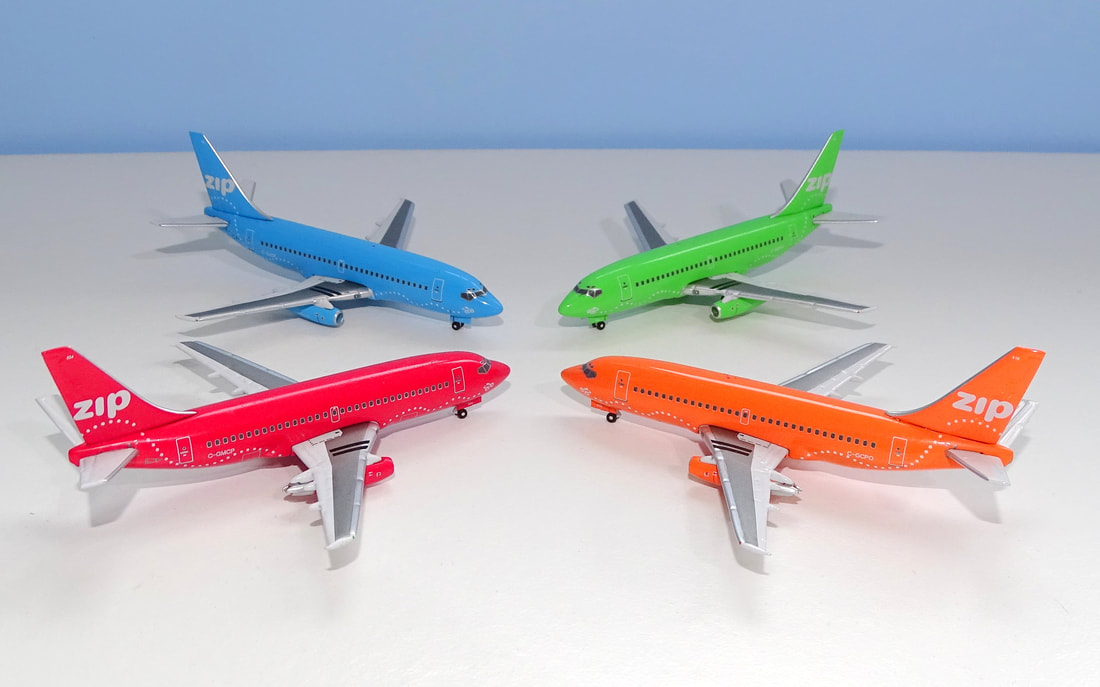
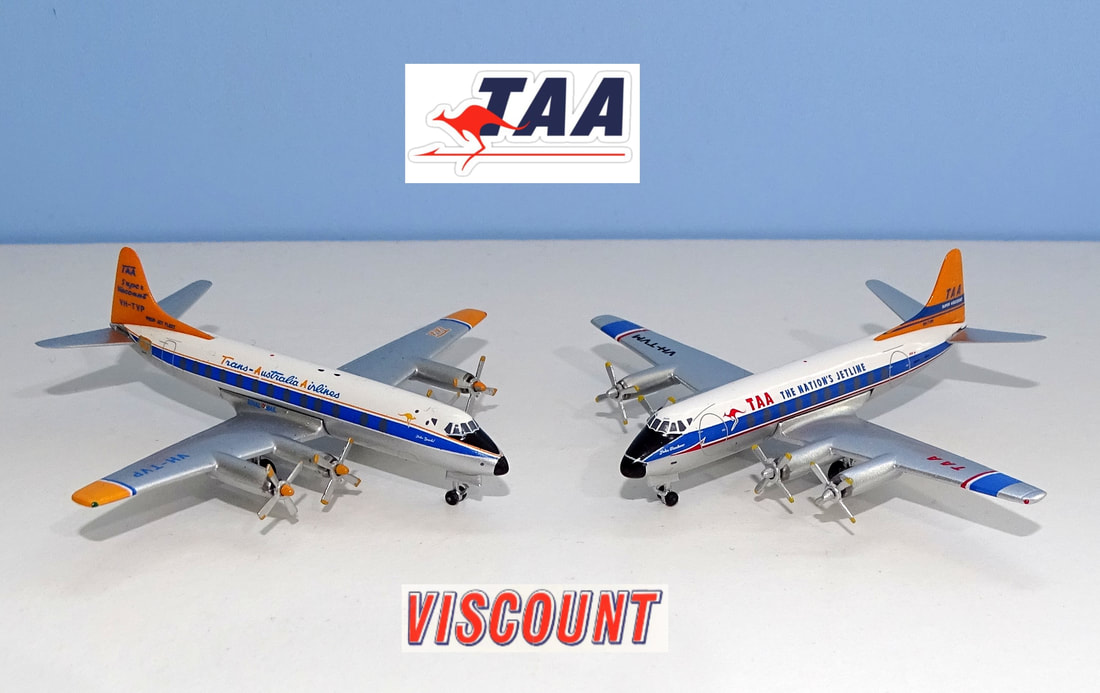
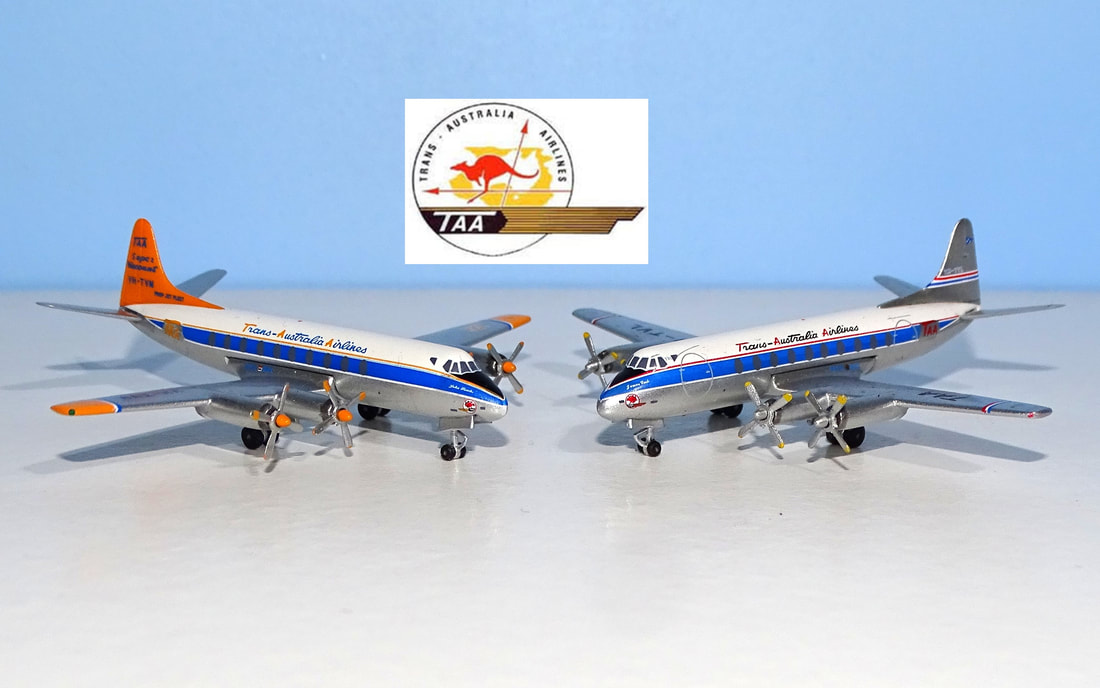

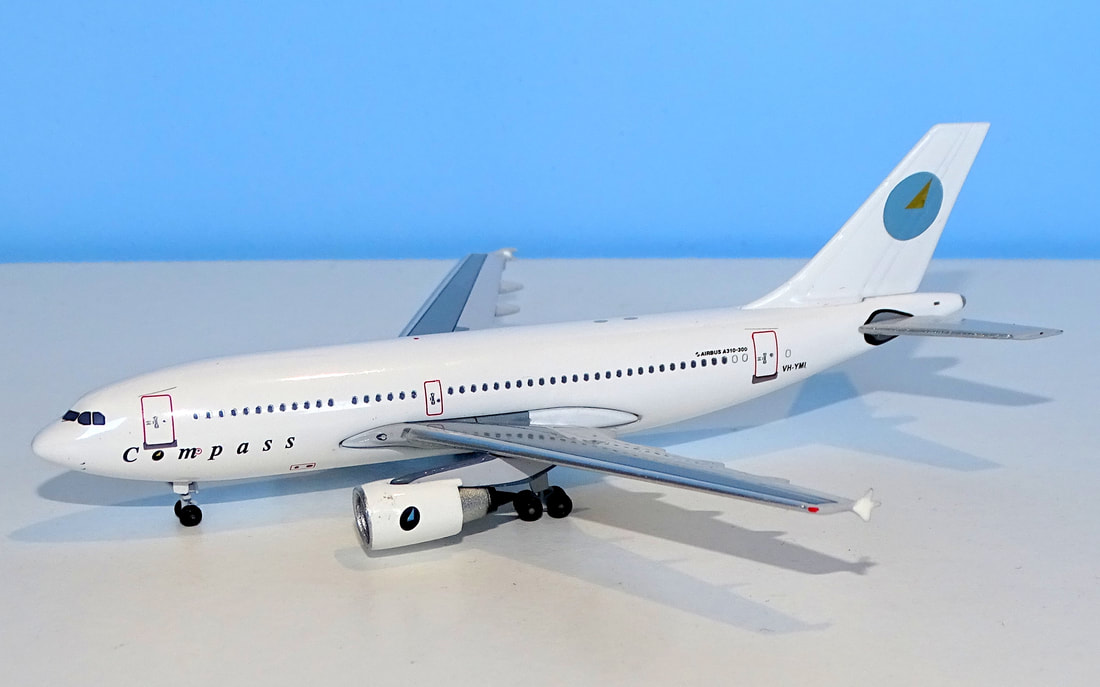
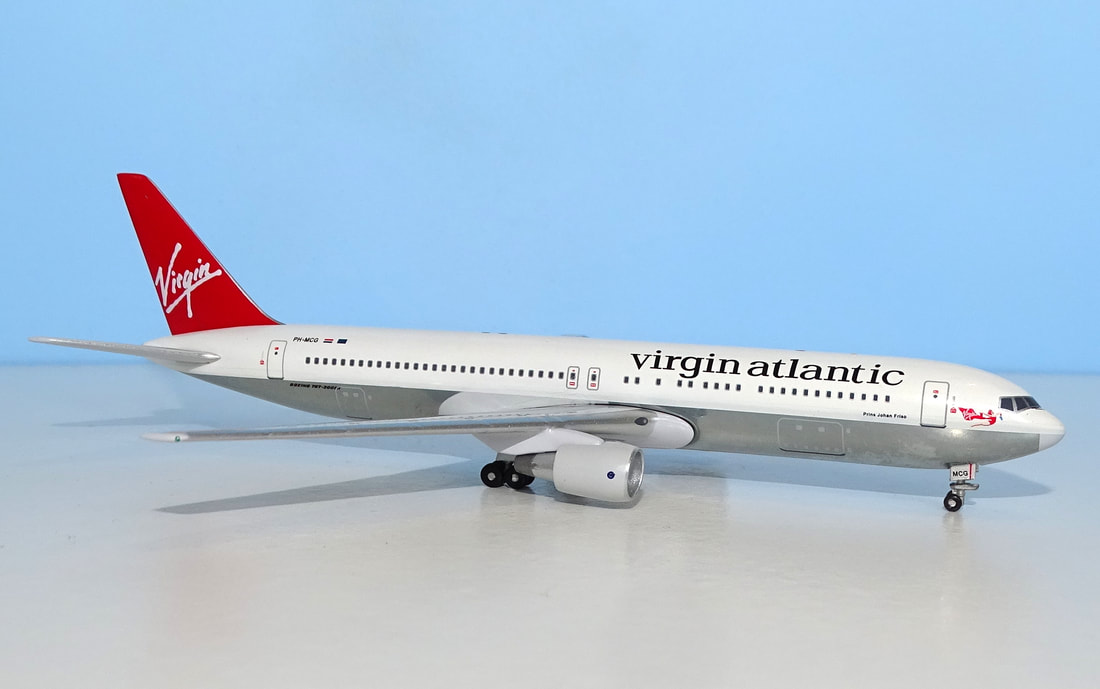
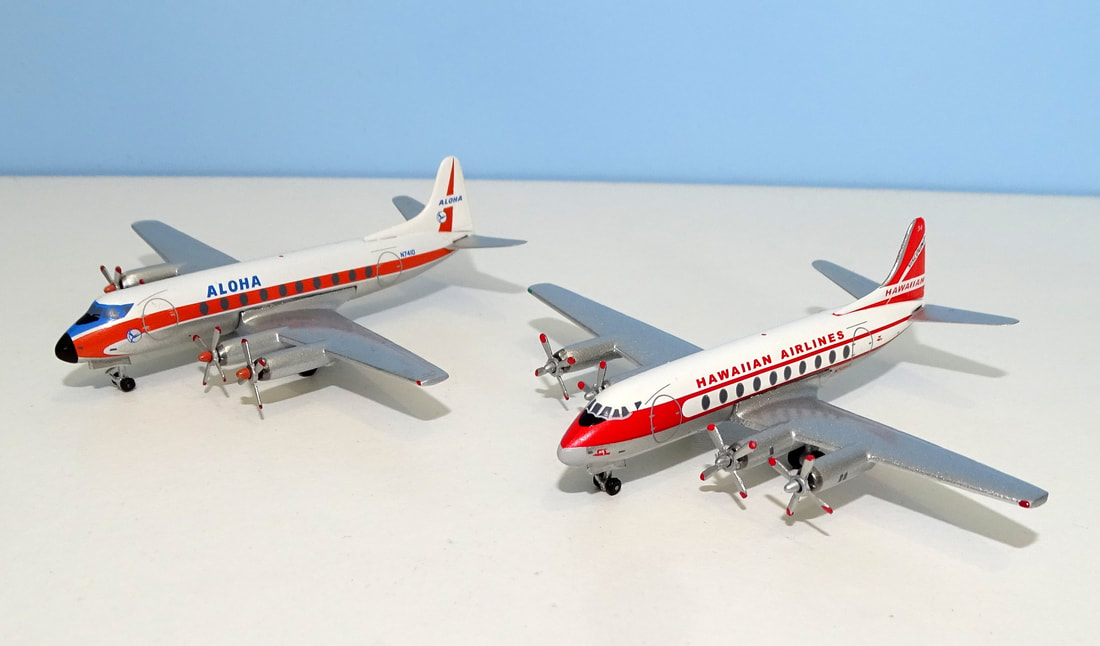
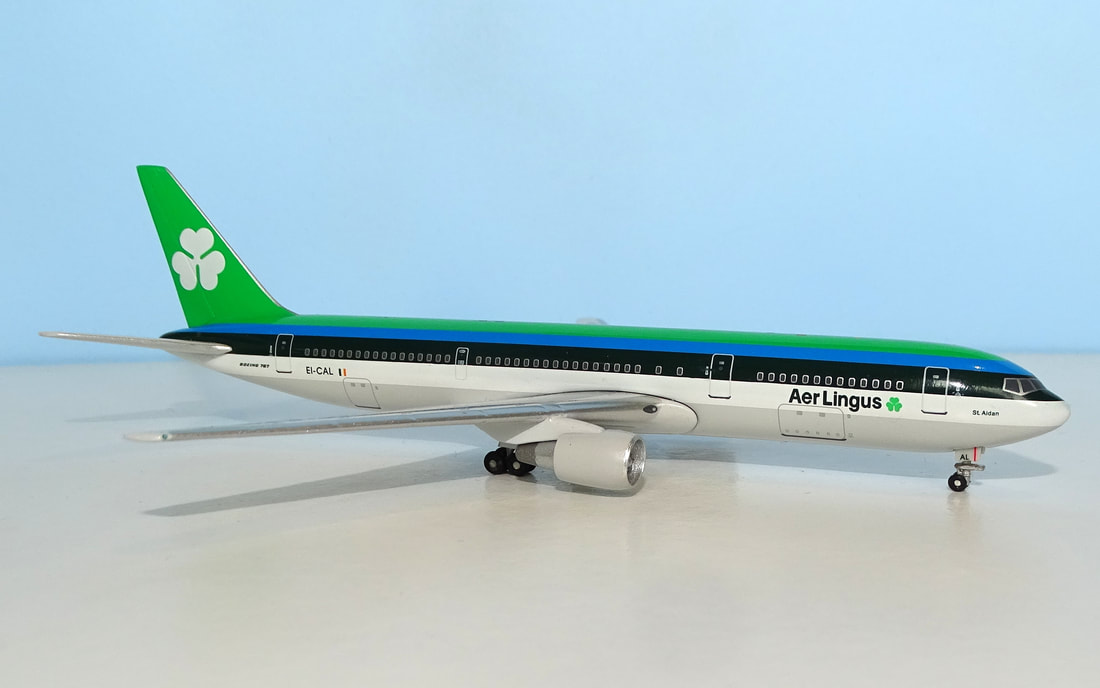
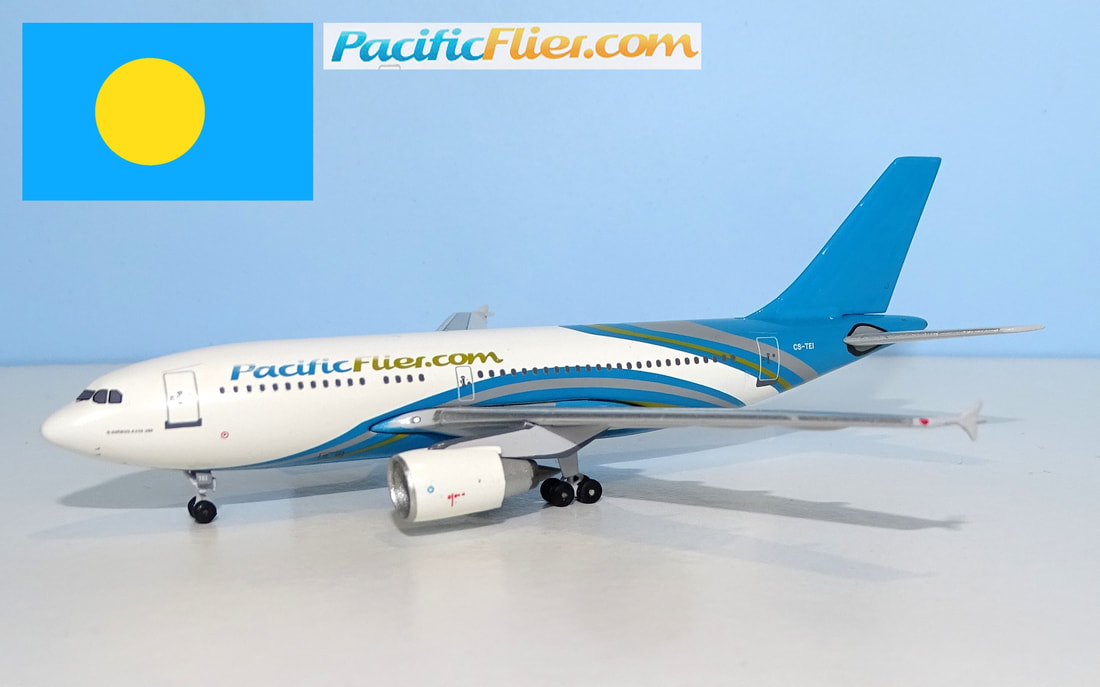
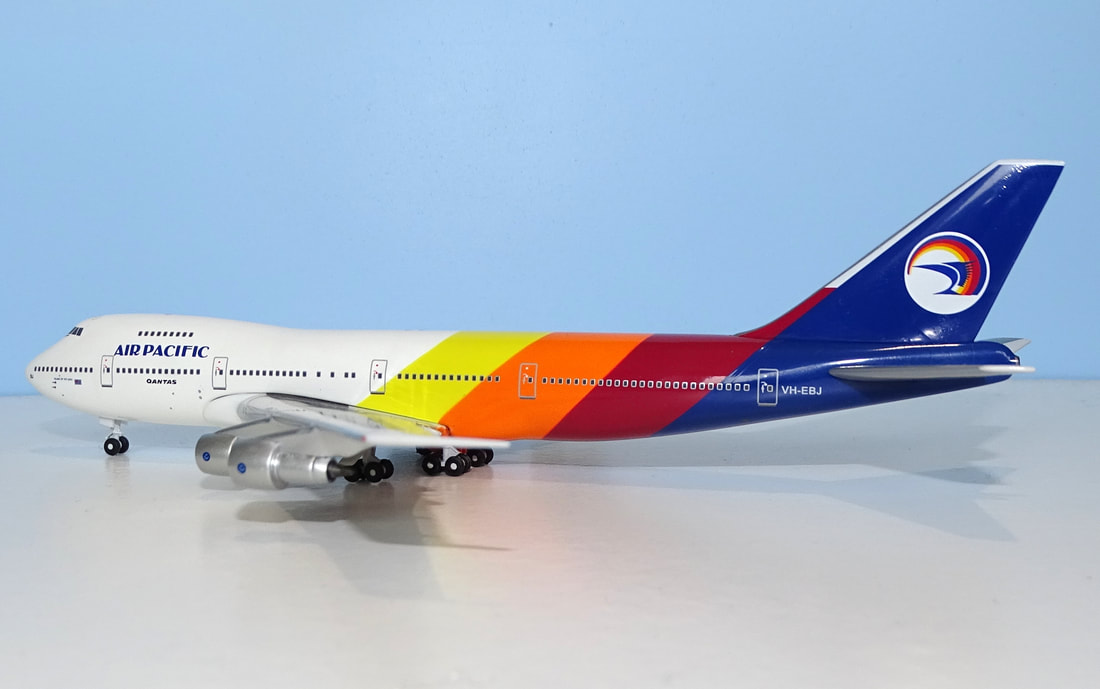
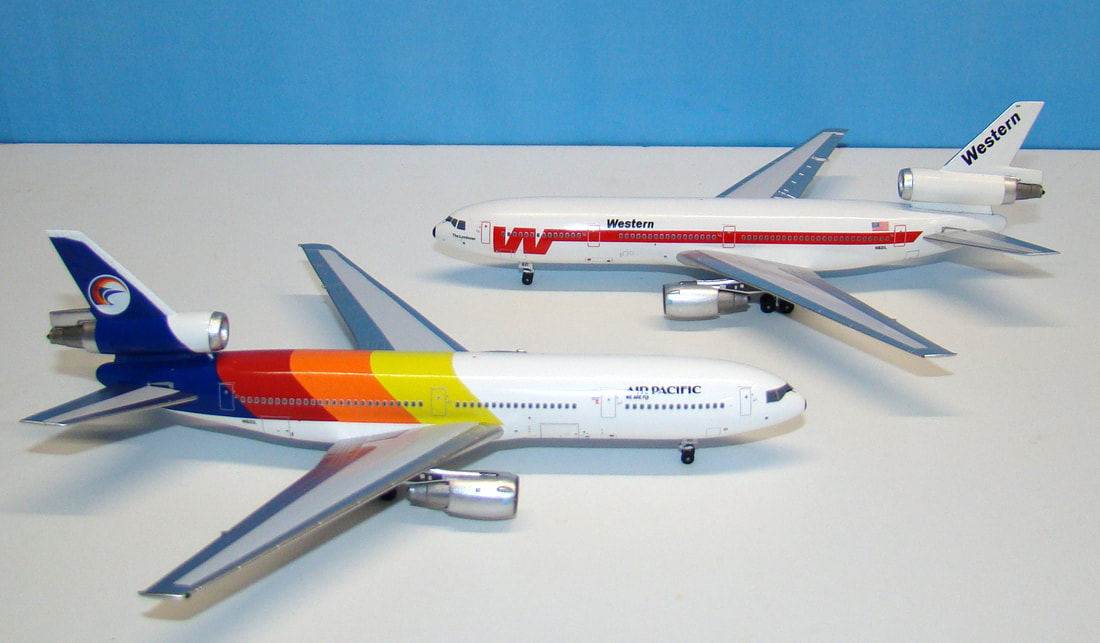
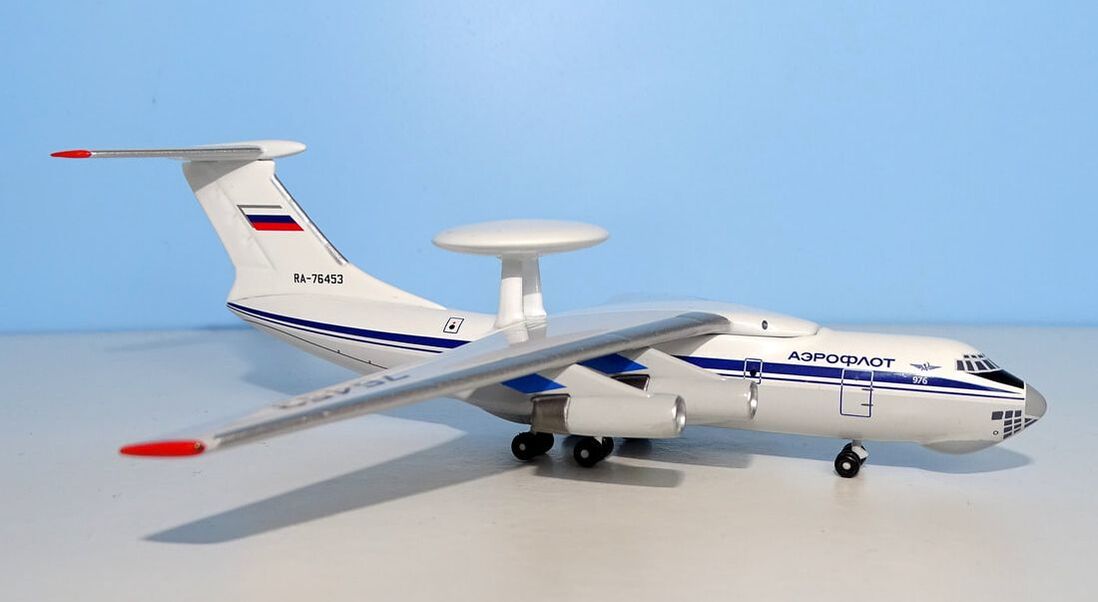
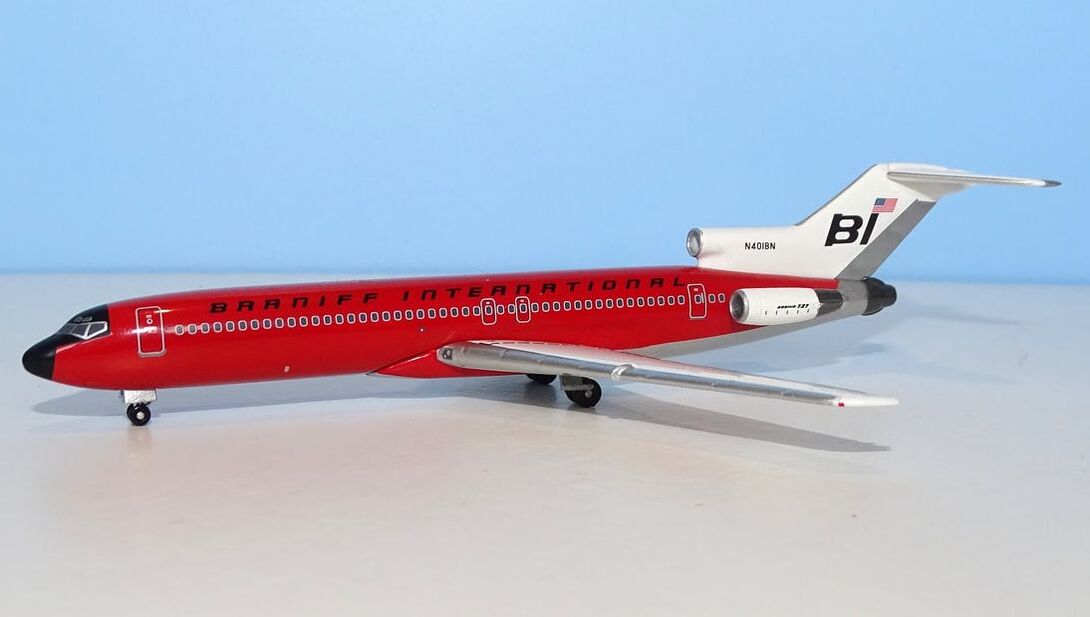
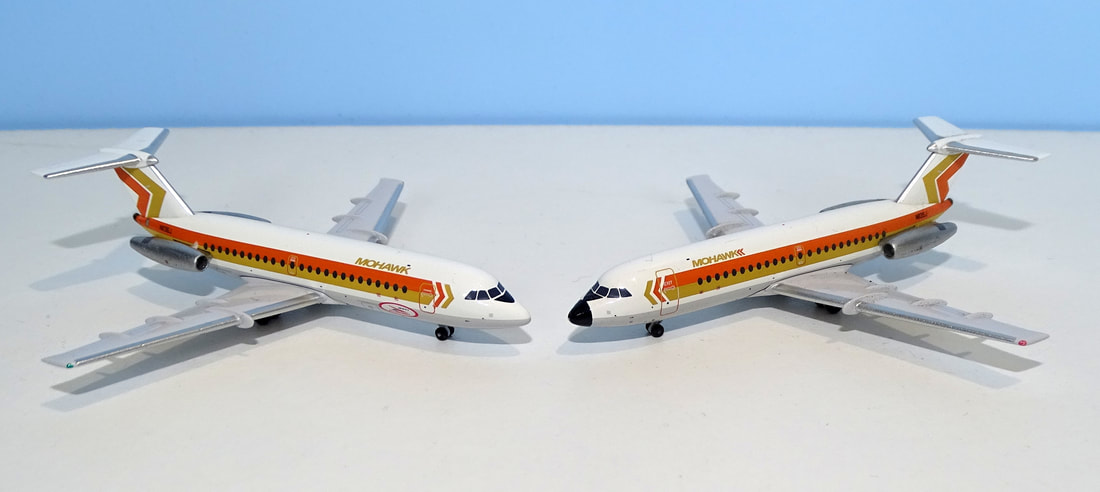
 RSS Feed
RSS Feed